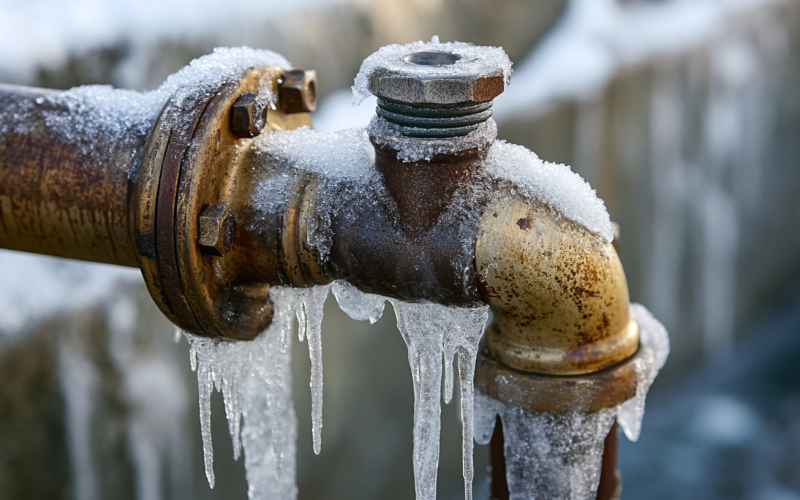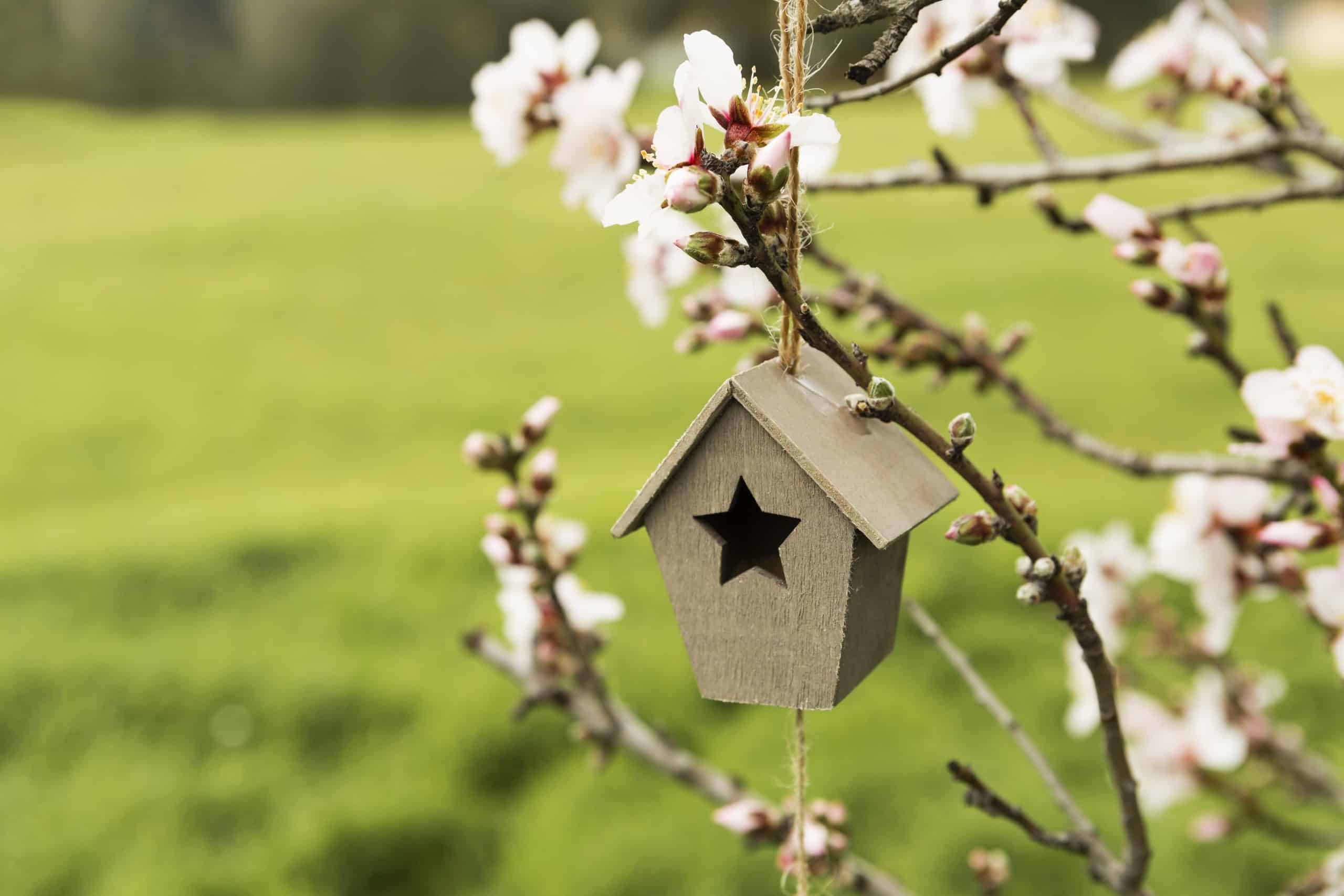Frozen plumbing pipes are often associated with harsh, snowy winters. It might surprise some, therefore, that they can be a problem for Australian homeowners.
As a country, freezing temperatures aren’t typically the first thing that comes to mind when people across the world think of Australia. We’re more famous for our sunny beaches and warm weather than our blistering cold winters. However, in certain parts of the country, blistering cold winters – and the risk of frozen pipes – are very real.
Today we’re exploring just why frozen pipes are a genuine concern for Aussie homeowners. We’ll look at the regions most at risk, and offer practical advice on prevention and management. Understanding this issue can help homeowners protect their plumbing systems and avoid costly repairs.
Understanding Frozen Pipes
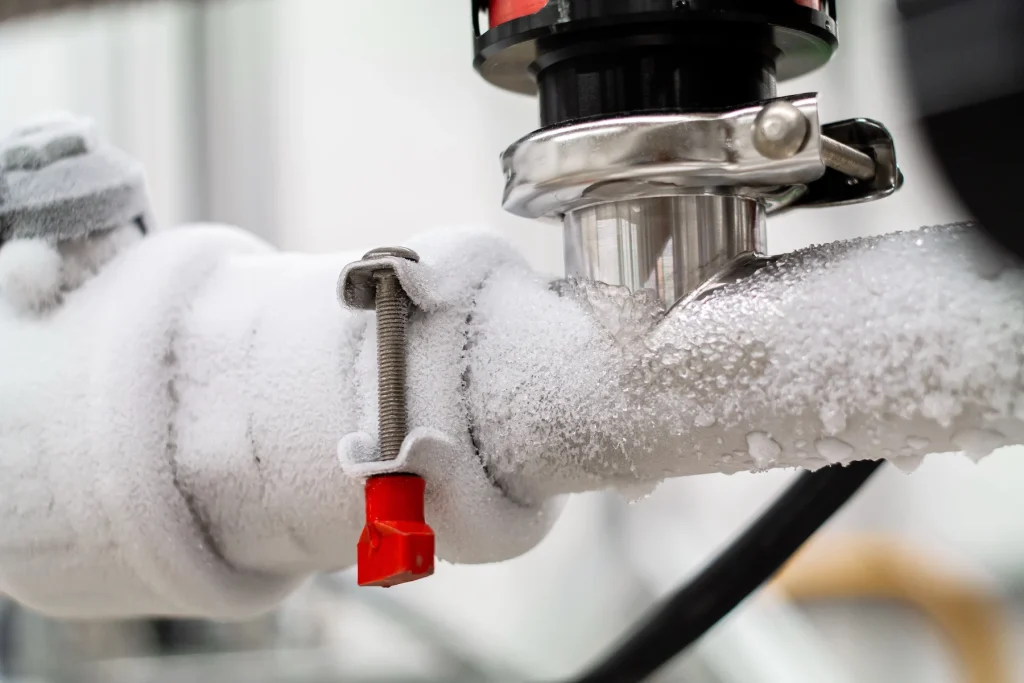
So how do frozen pipes occur?
Generally, they’re caused by water inside the pipes freezing, usually due to exposure to cold temperatures. When water freezes, it expands and creates immense pressure inside the pipes. This pressure can cause pipes to crack or even burst, leading to potentially severe water damage and costly repairs. Common causes of pipes bursting due to freezing include:
- Lack of proper insulation
- Sudden drops in temperature
- Pipes located in unheated areas of a home, such as attics or basements
Understanding how frozen pipes happen and their consequences is crucial for homeowners. Proper precautions and timely actions can prevent this winter mishap from turning into a major plumbing disaster.
Australia’s Climate Overview
Australia’s climate is incredibly diverse, ranging from tropical in the north to temperate in the south. The northern regions experience hot, humid summers and mild, dry winters. But though much of the country enjoys mild to hot weather year-round, and all but one capital city experienced among their warmest winters on record back in 2023, it’s a mistake to assume that freezing temperatures don’t happen.
In fact, certain regions of Australia experience chilly winters. This is typically more prevalent in the southern and high-altitude areas of the country. Tasmania, parts of Victoria, and the Snowy Mountains in New South Wales often experience below-freezing temperatures. These colder regions can create conditions ripe for frozen pipes.
Understanding this climate diversity is key to recognising the potential for such issues, even in a country renowned for its sunshine.
Regions in Australia Prone to Freezing Temperatures
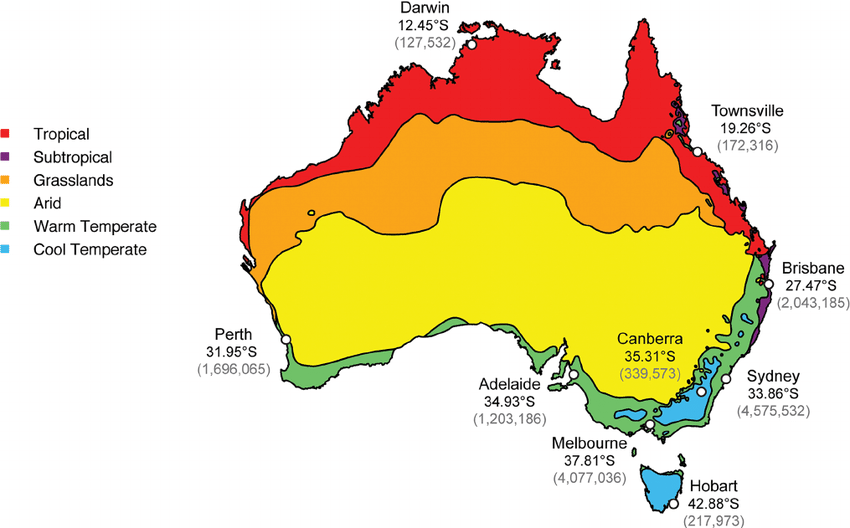
While much of Australia is known for its warm climate, several regions experience freezing temperatures during winter.
Tasmania, located in the Tasman Sea and Australia’s only non-mainland state, often sees frosty mornings and snow in higher elevations. The high-altitude areas of Victoria, such as the Victorian Alps, also experience cold winters, with temperatures regularly dipping below zero.
New South Wales isn’t immune to the bitter chill of winter either, especially in the Snowy Mountains, where snowfall is common during the colder months. Even parts of South Australia and Western Australia can experience freezing temperatures, particularly in rural and inland areas.
Homeowners in these regions should be aware of the potential for frozen pipes and take preventive measures to protect their plumbing systems.
Impact of Frozen Pipes on Home Plumbing Systems
Frozen pipes can wreak havoc on a home’s plumbing system.
As we know, water inside pipes freezes and expands, creating significant pressure that can cause the pipes to crack or burst. This can have a significant impact on your home, with severe water damage, flooding, and costly repairs among the most detrimental. Even a small crack can leak hundreds of litres of water, damaging walls, floors, and personal belongings. Homeowners might also face high repair bills and increased insurance premiums.
Beyond the immediate damage, frozen pipes can disrupt daily life, leaving you without running water until you’ve had them repaired. Understanding these impacts highlights the importance of taking steps to prevent pipes from freezing and dealing with any issues as soon as possible.
Preventative Measures for Homeowners
Want to avoid the hassle and expense of repairs to frozen pipes? Much like many areas of life, prevention always remains the best approach. Homeowners can take several proactive measures to protect their plumbing systems:
- Insulate pipes: Use foam pipe insulation or heating tape on pipes in unheated areas like attics and basements.
- Seal gaps: Stop cold air from reaching pipes by sealing up any gaps and cracks in walls, floors, and around windows.
- Maintain a steady temperature: Set your home’s thermostat to a consistent temperature, even when you’re out of the house.
- Let taps drip: During extreme cold, allow your taps to drip slightly to keep water flowing. This will help reduce the risk of freezing.
- Open cabinet doors: Allow warm air to move around any under-sink pipes by keeping cabinet doors open.
By taking these simple precautions, homeowners can significantly reduce the risk of frozen pipes. This will ensure their plumbing systems remain in good working order throughout the winter.
What to Do If Pipes Freeze
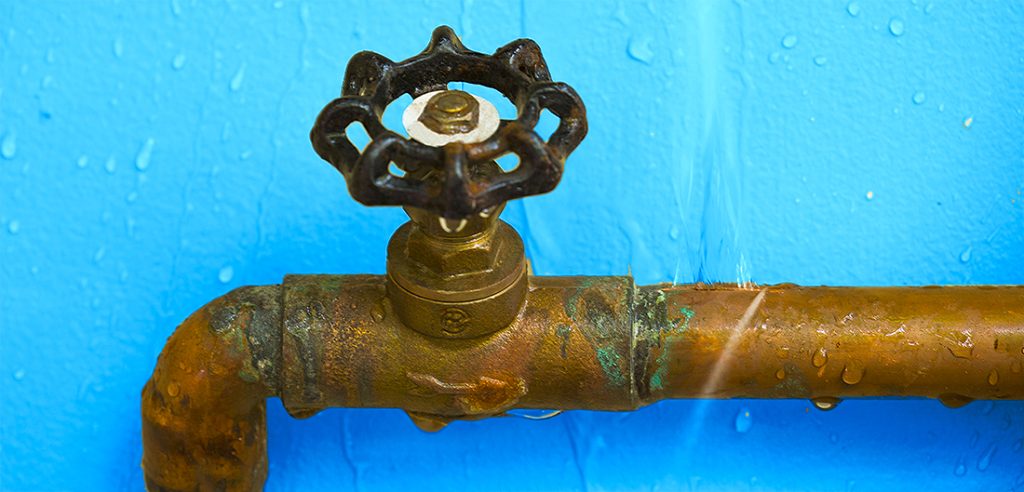
Of course, you can take all the proactive preventative steps in the world, but may still find your pipes freezing up. If you discover that your pipes have frozen, acting quickly can prevent further damage. Here are some steps to take:
- Shut off the water supply: Immediately shut off the main water valve to prevent potential flooding if the pipe bursts.
- Open taps: Turn your taps on. This will relieve pressure in the pipes and allow any last remains of water to flow once it starts to thaw.
- Apply heat: Use a hairdryer, heating pad, or warm towels to gently thaw the frozen section of the pipe. Avoid open flames or high heat sources.
- Inspect for leaks: Check for any leaks or cracks in the pipe once it has thawed. If you find any damage, call a professional plumber immediately.
- Monitor the pipes: Keep a watchful eye on the affected pipes. Make sure they are fully thawed and undamaged before restoring the water supply.
By following these steps, you can safely manage frozen pipes and minimise the risk of extensive damage to your home.
Stay Ahead of the Chill
Frozen pipes might not be the first thing that comes to mind when thinking about Australia, but in certain regions, they can be a genuine concern.
Recognising the risk and understanding how to prevent and address frozen pipes can save homeowners from costly repairs and significant hassle. From insulating pipes to knowing what to do if they freeze, being proactive can make all the world of difference.
By staying prepared and vigilant, you can protect your plumbing system and ensure your home remains safe and functional, no matter how low the temperatures drop.





